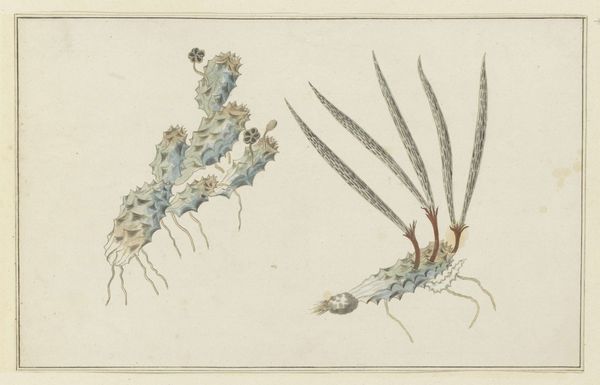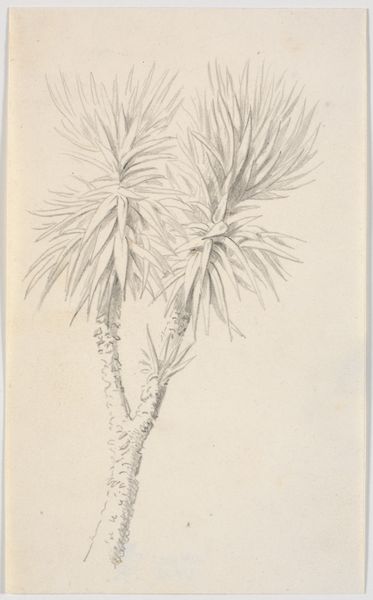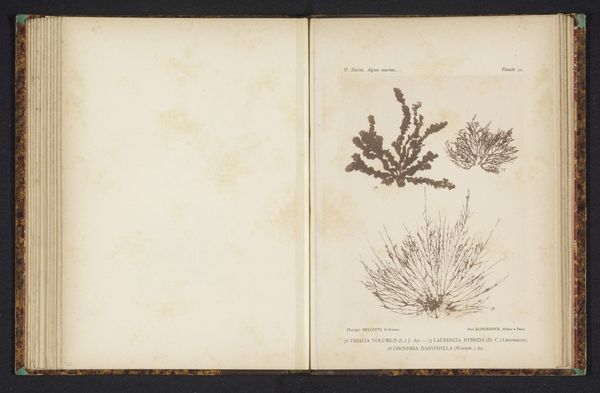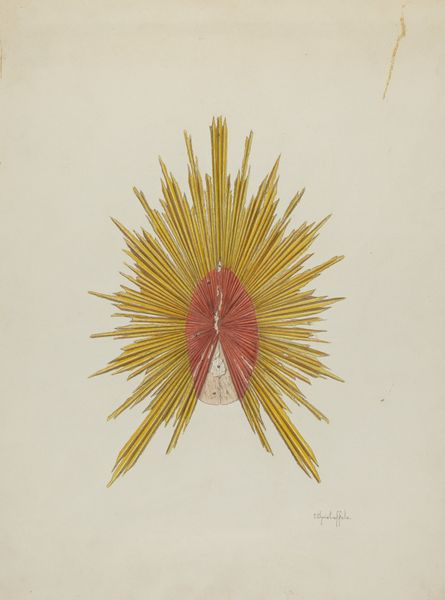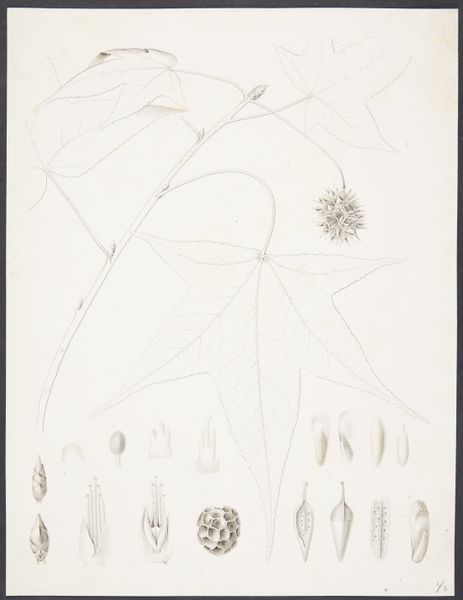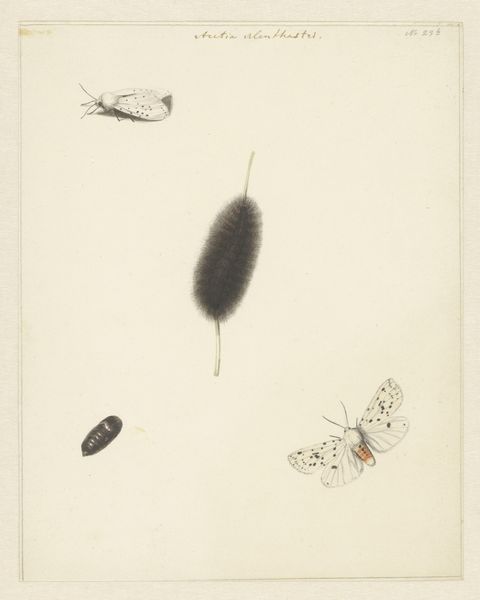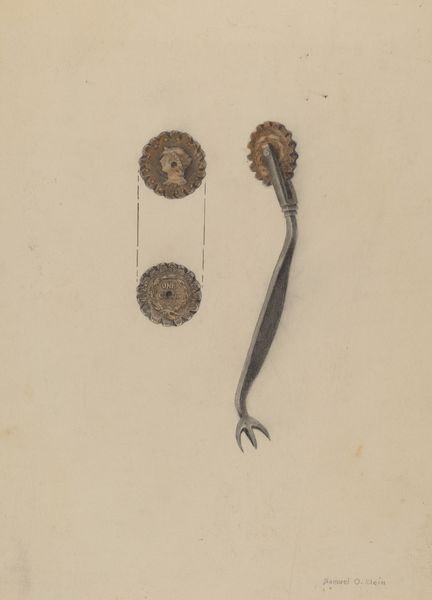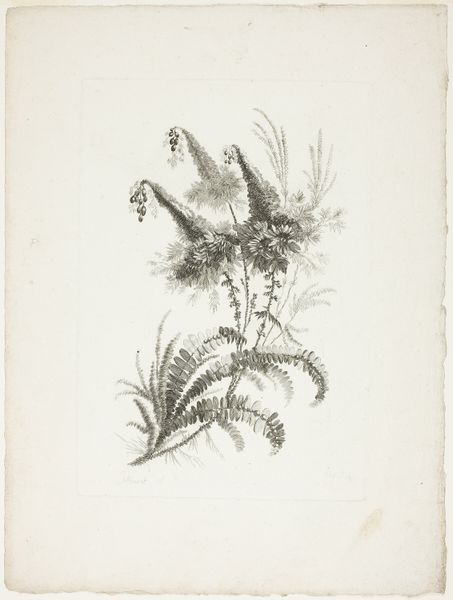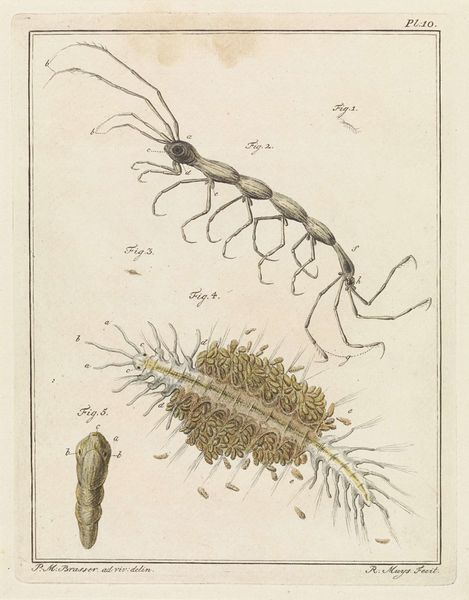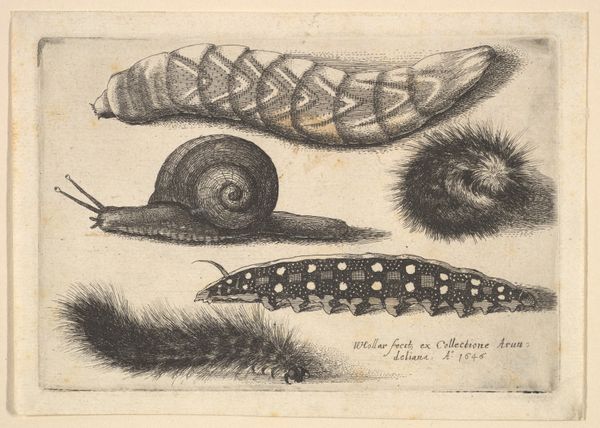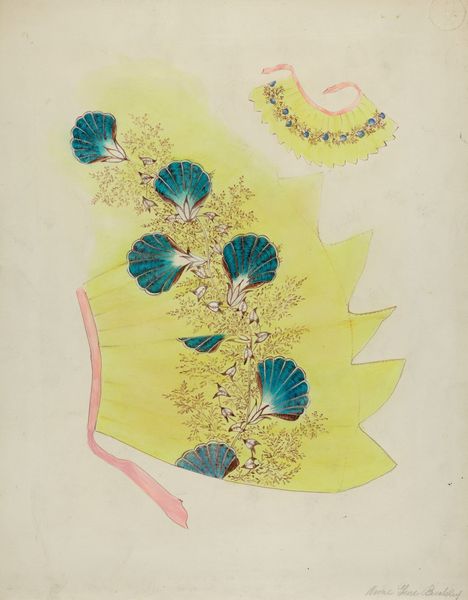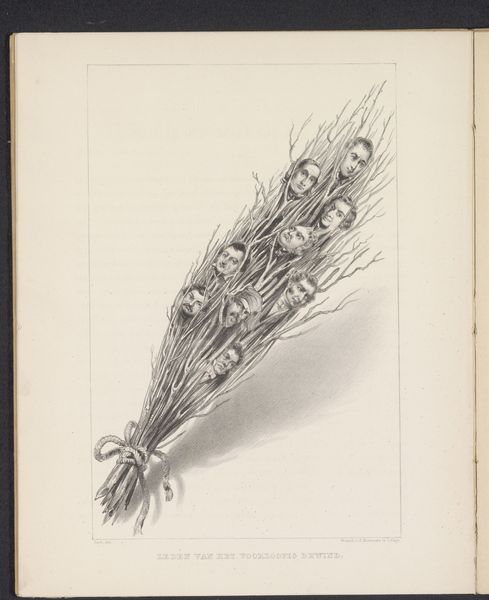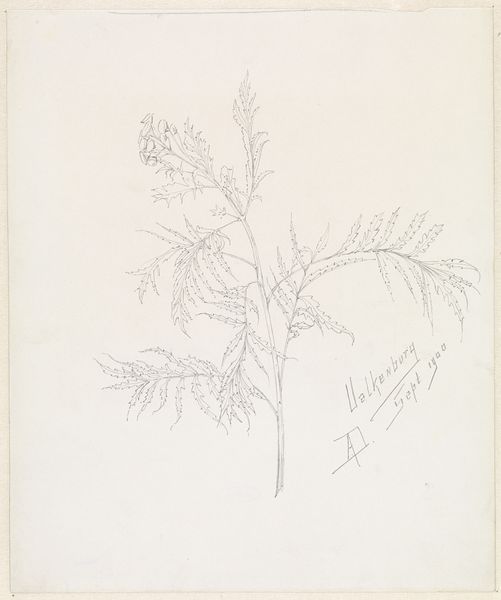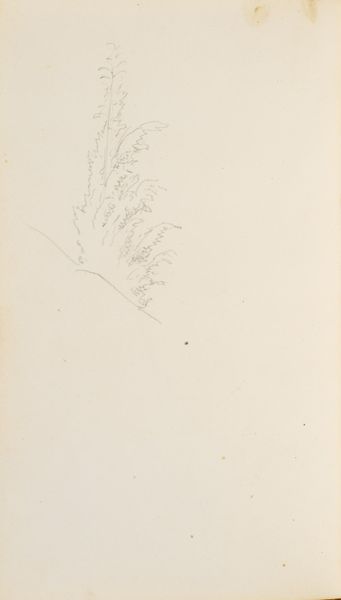
drawing, coloured-pencil, paper, watercolor
#
drawing
#
coloured-pencil
#
baroque
#
dutch
#
paper
#
watercolor
#
coloured pencil
Copyright: Public Domain
Curator: This drawing, “Two Cream-Spot Tigers”, was completed by Rochus van Veen in 1674 using colored pencils and watercolor on paper. What do you think, Editor? Editor: Initially, I'm struck by how fragile and vulnerable they appear. There's a delicateness to the rendering that elevates what might otherwise be seen as pests into objects of considerable beauty and detail. Curator: Indeed. Veen was part of a broader trend in the 17th century where natural history illustration served not just scientific but also symbolic and societal functions. Insects, like these caterpillars, could represent transformation, but also the transience of life. Editor: Precisely. The caterpillars’ temporary form ties into larger sociopolitical anxieties around fragility and metamorphosis. There's something inherently political in focusing on such marginalized creatures, perhaps a subversive commentary on societal hierarchies. Curator: Absolutely. In the context of the Dutch Golden Age, meticulous depictions of nature also reflect the rise of scientific inquiry and a growing fascination with the natural world fueled by colonial exploration. The act of cataloging these creatures becomes an assertion of control and knowledge. Editor: Control is key. How do these meticulous, delicate representations play into evolving notions of Dutch identity tied to colonialism, science, and this drive to categorize the world? Does Veen subtly engage with shifting power structures of the period? Curator: Veen uses a mix of watercolor and colored pencil to meticulously render these creatures. The drawing reflects the scientific interest but also, and perhaps unconsciously, participates in the power dynamics of observation and control. It is impossible not to situate it in a social historical perspective that considers colonialism and classification. Editor: Yes, considering that these are cream-spot tigers. The implications behind the nomenclature must not be disregarded. Thinking about this in relation to its materiality, what does it mean to then choose rendering these objects in watercolor and pencil? Curator: I think considering all those implications just shifted how I look at this beautiful rendering. Editor: Exactly, which helps see beyond the apparent simplicity of this lovely piece!
Comments
No comments
Be the first to comment and join the conversation on the ultimate creative platform.
